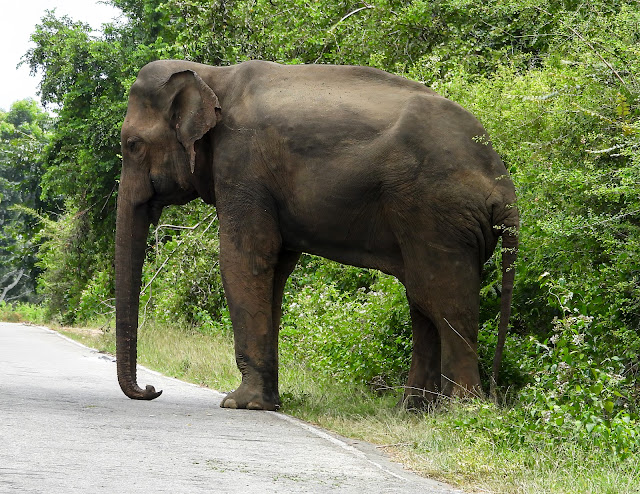The Asian elephant (Elephas maximus), also known as the Asiatic elephant, is a species of elephant distributed throughout the Indian subcontinent and Southeast Asia, from India in the west to Borneo in the east, and Nepal in the north to Sumatra in the south. Three subspecies are recognised—E. m. maximus, E. m. indicus and E. m. sumatranus. The Asian elephant is characterised by its long trunk with a single finger-like processing; large tusks in males; laterally folded large ears but smaller in contrast to African elephants; and wrinkled grey skin. The skin is smoother than African elephants and may be depigmented on the trunk, ears or neck. Adult males average 4 tonnes (4.4 short tons) in weight, and females 2.7 t (3.0 short tons).
In general, the Asian elephant is smaller than the African bush elephant and has the highest body point on the head. The distinctive trunk of these animals is an elongation of the nose and upper lip combined; the nostrils are at its tip, which has one finger-like process. The trunk contains as many as 60,000 muscles, which consist of longitudinal and radiating sets. Elephants use their trunks for breathing, watering, feeding, touching, dusting, sound production and communication, washing, pinching, grasping, defence and offence.

